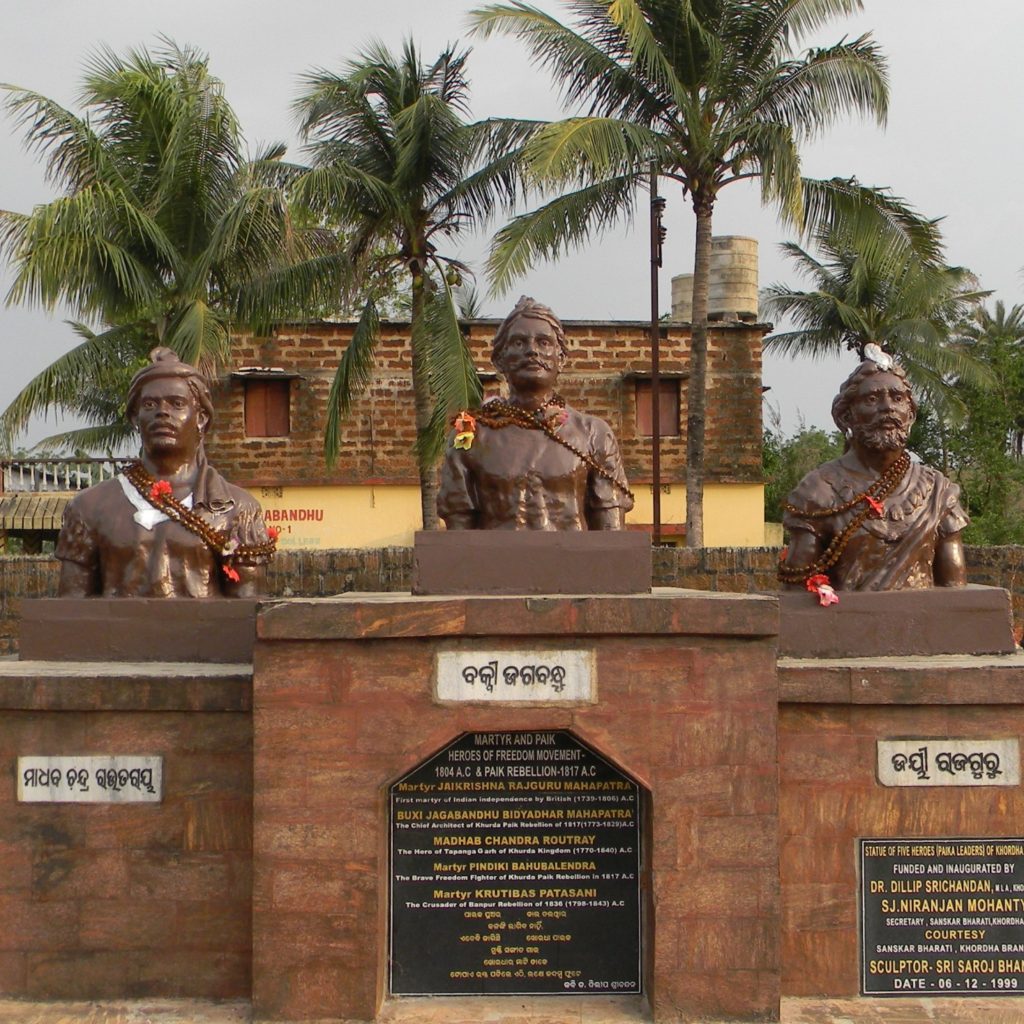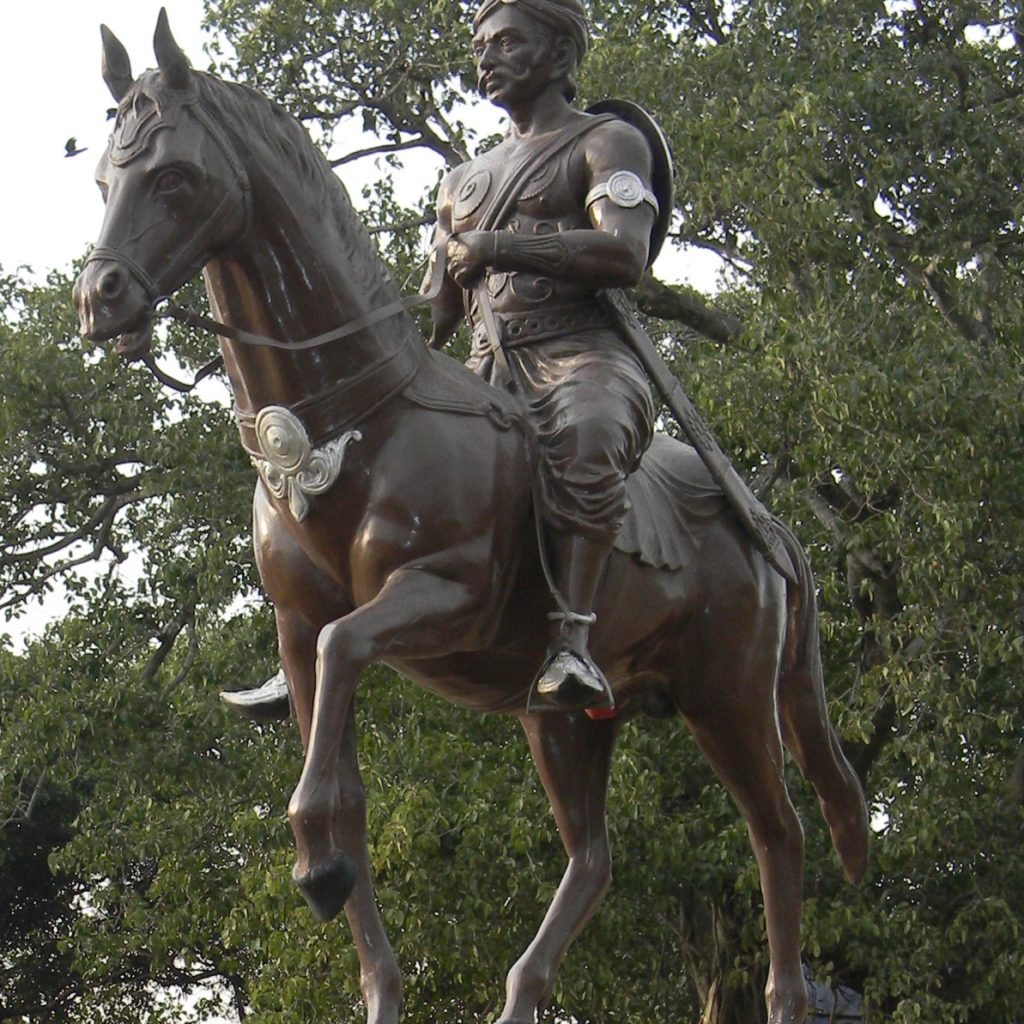By Debopriya Bhattacharya

The ancient natural heritage of India – The Jagannath Culture – is known for its popularity that has caught the attention of people from the Hindu world as well as the outside world of foreigners. A representation of the organic core of the cultural, spiritual, and linguistic identities of Odisha, this culture is looked up for the way it “tries to encourage the true spirit of ‘Cultural Uniqueness’ through the social inclusion of all devotees to visit ‘Jagannath Dhama’ or ‘Srikshetra’ – a pure and holy land of Odisha region” as discussed by Archana Kanungo in her article.
Based off the tradition, religion, language, and folkways of Odisha, the Jagannath culture observes immense diversification. The geographical diversification for instance, can be observed in terms of how this culture starts from ‘Jagannath Dham, Puri’ (eastern Odisha) and continues to West, North, and Southern parts of Odisha like Aska and Gajapati.
However, this culture isn’t just confined to diversification in terms of geography but also experiences variations in terms of caste, colour, religion, and ethnicity, and its aspect of ‘Unity in Diversity’ is what sets it apart as a unique culture. Even as Kanungo states in her research essay, “Unity in Jagannath culture is born out of uniformity or similarity. It implies a sense of togetherness, encourages ‘we’ feeling; it stands for the tie that binds the diverse groups with one another.”
While bridging the gap between man and the Divine, the culture of Lord Jagannath does not admit any sort of distinction in terms of caste and communities – aiming at liberation of poor and down-trodden for better life and observing life with a positive point of view being the beliefs of this culture. As stated by Rajendra Kumar Mohanty in his research essay, “Humbleness is a cardinal human value which is amply prevalent in culture of Lord Jagannath. It recommends strong faith in the Divine. It teaches man to strive for perfection of its soul by sacrifice of his self.” Despite the fact that people in Odisha are differed by their linguistic and religious beliefs, their belief in one religious leader, i.e. Lord Jagannath stays instilled and who they believe protects everyone from all kinds of distress.

As far as the impact of this culture on the Oriya literature is concerned, it becomes interesting to note how the literature has moulded into a composite form that revolves around the culture of Lord Jagannath. To quote from Mohanty’s essay “The Oriya script and Oriya literature are nothing, but manifestations of various aspects of Lord Jagannath from the eyes of the poets and the literary Pundits.”
The culture’s firm belief in universality is a reason why Lord Jagannath is known as the God of the masses and not just of an individual with individual choices. It is in fact this idea that makes it ideal for the unification of the diverse cultural, geographical, and ethnic identities. The very fact that Lord Jagannath is the presiding deity for each devout Oriya individual can also be seen as a contributing factor to the various political developments the state has seen in the past despite immense diversification. From being the ‘rashtra devta’ – the binding force of heterogeneous elements, Jagannath later came to be associated with and known as the “symbol of Odia Nationalism during Paika rebellion and also the focal point of political development during rest of the 19th century ” – as stated by an article in The Telegraph, India.
An armed rebellion against British East India’s company rule in Odisha in 1817, the Paika rebellion is often considered to be the first war of independence waged against the British rule. Establishment of British rule in Odisha was followed by a policy of repression against the Paikas (a class of military retainers) and the loss of their traditional positions in the society with their lands being taken away and their estates being lost. Heavily exploited by the revenue collectors under the British, the Paikas under the leadership of Baxi Jagabandhu, who was the hereditary chief of the militia army of the Gajapati King in Khurda, rose in rebellion in March, 1817. They attacked the various British symbols of power during their march towards Khurda.
The core of the rebellion can be traced back to how Jaya Rajguru, an ardent devotee of Lord Jagannath believed in transhumanism in Jagannath cult as stated in the essay ‘Lord Jagannath and Odia Nationalism’. His refusal to the proposal of King of Khurda to surrender with his appeal turning into a mass movement that spread in Khurda and neighbouring states is what is observed when the origin of Paika rebellion is looked at.
An interesting observation that can be made here is how Lord Jagannath became the symbol of Oriya unity while the rebellion spread throughout the eastern and southern parts of Odisha. Though eventually this rebellion was crushed and prevented from becoming a major expression of Oriya nationalism, the Paika rebellion nonetheless went on to become a symbol of Oriya unity, “on which Oriya nationalist sentiment would feed nearly half a century later” as stated in Ravi Kalia’s book, ‘Bhubaneshwar: From a Temple Town to a Capital City’. To quote Dr. A.C. Padhiary, “In the debris of colonialism, the Oriya nationalism emerged valiantly during Paika Revolution of 1817.”
While the Paika rebellion of 1817 stands as a strong example that reinforces the idea of Lord Jagannath as a symbol of unity and head bearer of Odia nationalism, the state stands evidence to a lot of political developments that have followed the rebellion with Lord Jagannath being the tying force who ensured unity. To elaborate, as far as the Odia nationalism is concerned, the very concept owes its origin to two important factors which as stated by Dr. A.C. Padhiary are “Odia language’s development and Lord Jagannath’s supremacy over the King and kingdom of Odisha. Even the language centred nationalism was closely linked with the Jagannath-centred nationalism.”
Enriched with an absolute sense of diversity, the Jagannath culture has been able to and still continues to bind diversified people in a strong cultural unity. A fusion of Unity and Diversity, the cult of Lord Jagannath hasn’t just successfully facilitated harmonious co-existence of socio-cultural diversities but has also made possible, the process of political socialization. Lord Jagannath is truly the representation of the Odisha’s collective and sovereign identity.

